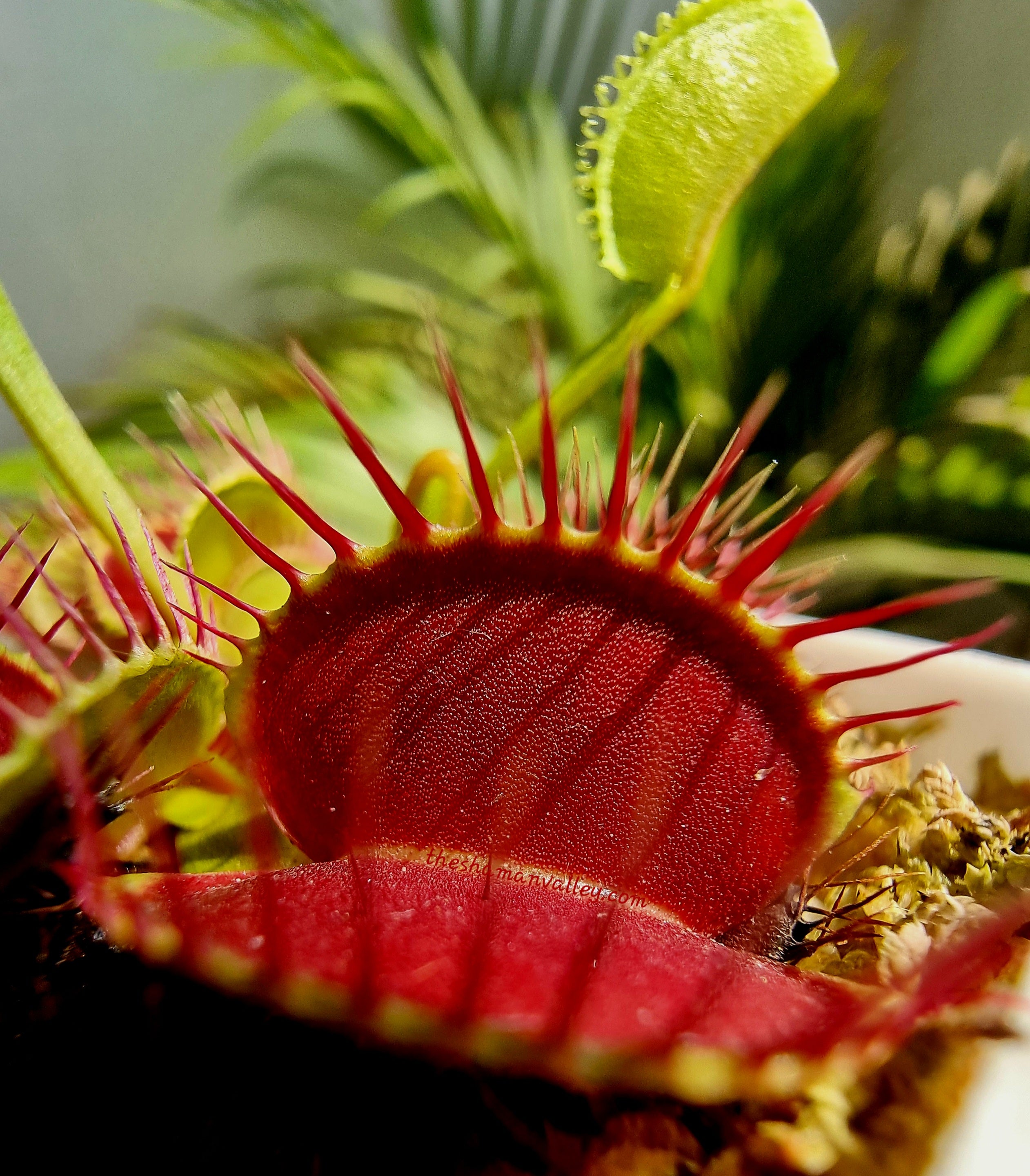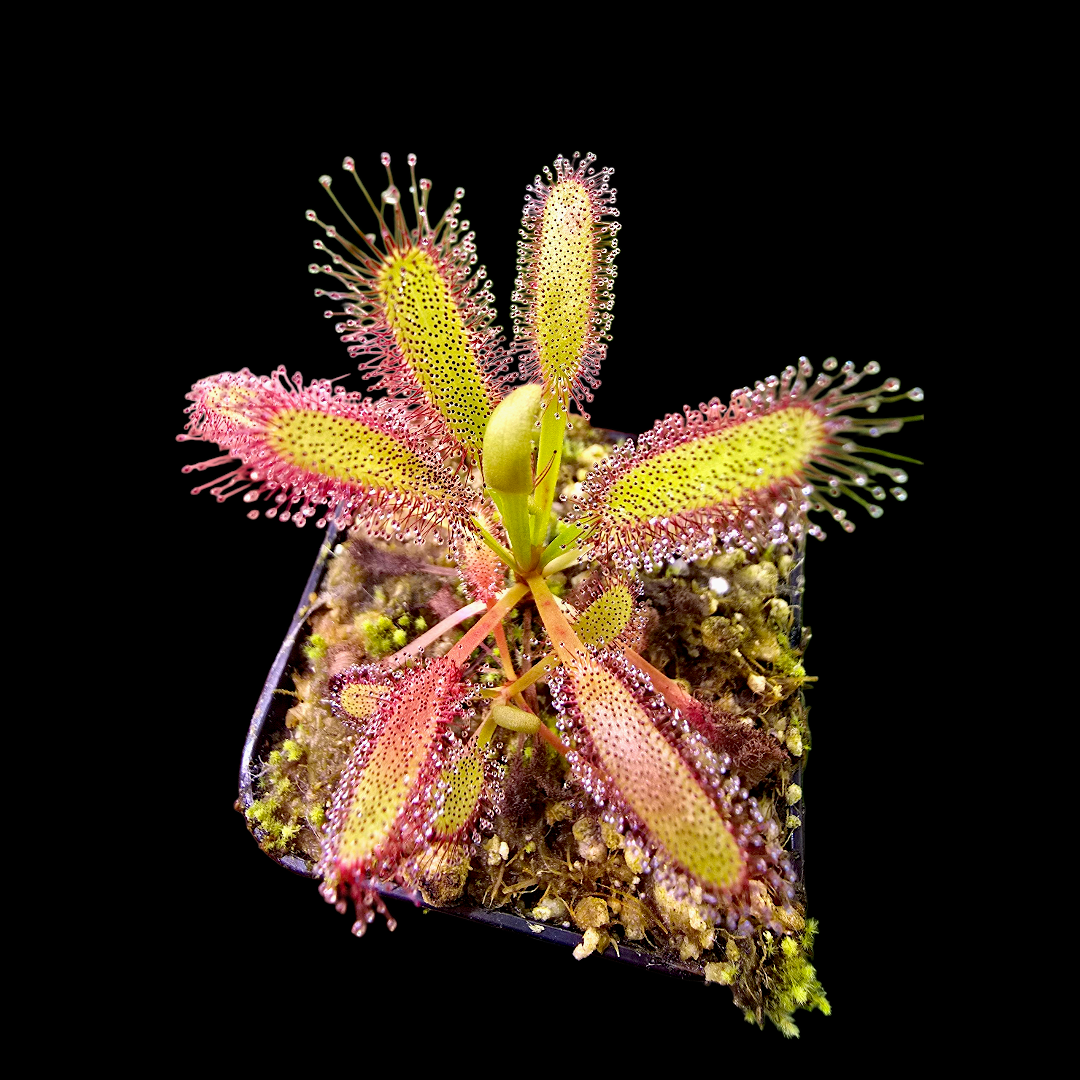Carnivorous plants have evolved in nutrition deficient soils in nature forcing them to develop mechanisms which would trap and digest insects to derive nutrients. Since they get most of the nutrition by digesting insect protein it is important to keep in mind that high mineral content in water or the media would cause plants to suffer from root damage and could eventually kill the plants. The root systems have adapted to low mineral availability and are more sensitive than most plants.
What type of water do carnivorous plants need.
It is important to note that not all water is the same. Regular tap water is not recommended for carnivorous plants since there are various minerals (usually salts) present in it that would deplete health of plants and make them sick . It may be okay for human consumption but would have toxic effects on the plants. Usual signs of mineral toxicity is stunned growth, browning of the leaves, wilting and unhealthy appearance. Higher mineral content in water would have more total dissolved solids (TDS), which is measured in parts per million (PPM). Luckily there is an inexpensive handy tool for measuring TDS of your water known as TDS meter which will help you give accurate PPM readings of your water. Regular tap water usually ranges from 50-800 PPM. In my experience watering carnivorous plants with 50 PPM or less works great . Most carnivorous plants can tolerate up to 100-200 PPM but not for long since salt build up in the media would start causing root burn/damage and will kill the plants sooner or later.
Rain water water can be used for watering but you have to make sure reading in the TDS meter is 50 ppm or below , I highly recommend measuring TDS every time before using rain water and would not recommend using water with reading of more than 60 PPM. Even though rainwater is generally low in minerals it still contains various pathogens and bacteria. it may contain toxins that may be harmful for both humans and plants. Boiling rain water is a good practice before application since it kills bacteria and other pathogens making it safe for both human and plants to consume.
RO water (Reverse osmosis) is highly filtered and the most clean and safe water you can use for carnivorous plants since the water contains no extra minerals and chemicals. If you are into growing carnivorous plants , I recommend purchasing an inexpensive RO system.
Alternate water sources
– Storing water from air conditioning units can be an alternative. Measuring water with TDS meter is essential to be sure we are using the right kind of water before application.
– Deionized water used to maintain acid battery should work just fine. but measure TDS before use. keep this as an alternative in my opinion.
Conclusion
Reverse osmosis water is my first choice since it has no salts and pathogens to worry about.Rain water is another great option but boiling it before use is recommended. In all cases measuring water readings using a TDS meter is the right way to proceed when watering carnivorous plants.


